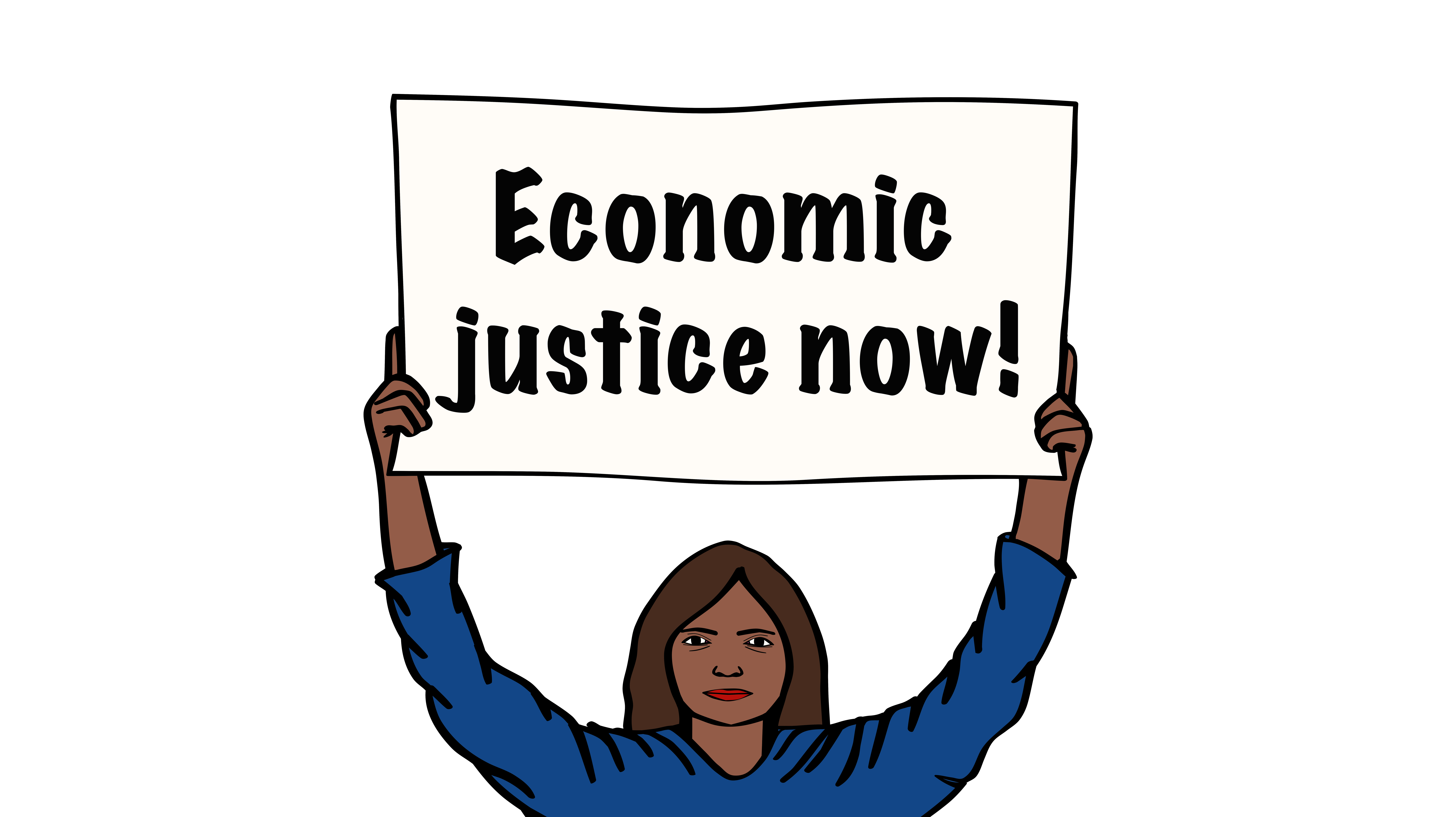Since the early 1990s, the western world and Latin America have been implementing policies that minimize the role of the State in the economy. These policies are fiscal rules that condition the actions of the State in economic policy through rigid legal frameworks. Certainly, in the long term they have been successful in managing debt since their inception. However, these policies have not been the recipe for a broad guarantee of rights and better human development.
“Debt management in Peru: fiscal rules, rights and human rights”, is a new investigation from the Latin American Network for Economic and Social Justice (LATINDADD), produced by Jameson Alejandro Mencías, which seeks to open the door to a different understanding of macroeconomic, fiscal and debt sustainability, focusing on guaranteeing people’s rights.
Without a human rights-based alternative to austerity, many countries will find themselves trapped in a vicious cycle of self-defeating fiscal adjustments, instability and unsustainable debts.
Click to read the blog in full
Debt audits can be a powerful tool to support civil society engagement in citizen assessment of debt impacts but also to increase citizens’ participation in public finance governance, leading to an increase in accountability and transparency and allowing for the identification of illegitimate debts at the national, regional and municipal level.
This briefing is a general introduction to debt audits, what they can contribute and their main characteristics, while also providing references to manuals and articles on debt audits. It is intended to support civil society organisations (CSOs) and government officials that are thinking about promoting a debt audit by providing some initial ideas about how to initiate this kind of process.
The briefing covers:
- What is a debt audit?
- What we can expect from a debt audit
- What is analysed under a debt audit
- How to start and continue the process
- Difficulties that can be expected
- Previous examples of debt audits
- Resources and more information.
This briefing provides an overview of the dynamics and implications of the 2020 sovereign debt crisis. The prioritisation of creditor rights over the livelihoods of the population of developing countries is a well-known dead-end. Instead, the international community must recognise that the health and wellbeing of millions of people in developing countries is a precondition for debt sustainability.
The apparent financial resilience of developing countries in the aftermath of the Covid-19 shock is misleading. It is the result of a combination of cyclical factors in the form of sectoral adjustments and monetary policy responses triggered by the pandemic. Promoting a prompt return of countries to international financial markets without addressing the debt vulnerabilities exacerbated by the crisis will increase the external financial fragility of developing countries. In turn, it will require a growing transfer of resources from public borrowers to their external creditors over the coming decade. Until now, countries across the world have done so at great human and social costs to their populations. Continuing down this path will sound the death knell for the commitments under the 2030 Agenda, the Paris Climate Agreement and the Beijing Declaration.
The Covid-19 crisis threatens to erode two-decades’ of progress on poverty reduction in Bangladesh. This difficult situation highlights the need for a more ambitious response to the crisis.
This blog has been written by ActionAid Bangladesh as part of a series of articles produced in conjunction with Eurodad on the implementation of the Debt Service Suspension Initiative (DSSI), to complement the report “Shadow report on the limitations of the G20 Debt Service Suspension Initiative: Draining out the Titanic with a bucket?” published in October 2020.

